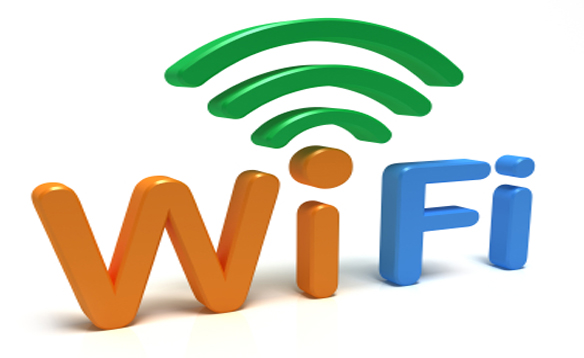 NEWS
NEWS
 NEWS
NEWS
 NEWS
NEWS
![]() Being so well connected is a wonderful thing that few people can afford to do without, but when disaster strikes our technology has the potential to let us down big time. Mobile networks can easily become overloaded, with potentially fatal consequences for emergency workers who find themselves stranded in the midst of a natural disaster.
Being so well connected is a wonderful thing that few people can afford to do without, but when disaster strikes our technology has the potential to let us down big time. Mobile networks can easily become overloaded, with potentially fatal consequences for emergency workers who find themselves stranded in the midst of a natural disaster.
Even if communications infrastructure survives the initial incident intact, networks often fail under the weight of so many people using them – either to call the emergency services or check up on their friends and family.
It’s a problem that needs to be tackled, but it might be that we already have a solution in place – by using the untapped potential in Wi-Fi signals generated by routers in urban areas.
A group of scientists from Darmstadt in Germany are working to make this possible by developing the technology that would allow emergency services to ‘piggyback’ wireless routers and establish an emergency communications network to be used as a backup in times of need.
Kamill Panitzek and his team at the Technical University in Darmstadt tested out the theory in a small rectangular area of their home city, using a simple Android application to detect Wi-Fi connections around them. The researchers sniffed out no less than 1,971 wireless routers in a 0.19 sq. mile area, and of these they identified 212 which were unencrypted and available for anyone to use. In times of crisis when mobile networks shut down, the researchers believe that it should be possible for emergency services to communicate using the Wi-Fi signals of the homes and businesses around them.
“In the city center there were enough routers to form a mesh network with these routers, assuming they only had a range of 30 meters, and they provided good signal strengths for communication,” explained Panitzek.
“It could help workers in disaster areas to stay in contact with the public and central area control – even when mobile signal towers are down.”
Pantizek suggests that wireless routers can be activated by emergency services by incorporating a ‘switch’ that automatically creates a backup communications network, so long as a connection is available. This would give rescuers a voice and data link over the internet when mobile networks are down.
The team argues that installing such a ‘switch’ is more than feasible, and could be done without intruding on people’s privacy or impeding their performance in any way. Pantizek points out that many Wi-Fi routers already have a guest channel for visitors to use.
“The emergency switch would enable an open guest mode that on the one hand protects people’s privacy, and on the other hand makes the existing communications resources available to first responders,” says the paper, which was published in the International Journal of Mobile Network Design and Innovation.
Developing the system might not be so easy however. The idea seems to borrow from an earlier project by researchers at Australia’s Flinders University, who developed a system to relay VoIP calls between mobiles over local Wi-Fi networks. Known as Serval, the system’s capabilities were average at best, as it was plagued with poor call quality and would only work on phones within a hundred or so meters of each other.
One suggestion for overcoming these problems is to establish a ‘bridge’ between distant callers. Phones linked to the Serval system can be used as relay points and linked together, and so theoretically it should be possible to connect over longer distances as long as there are enough callers in the ‘chain’.
Serval is open source software and is available to download here.
THANK YOU